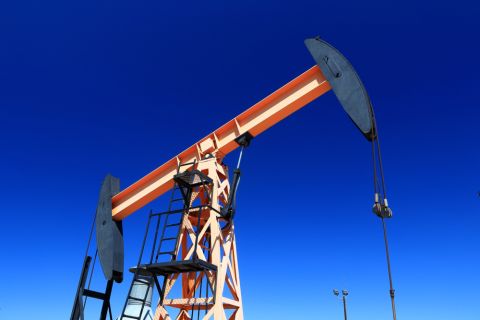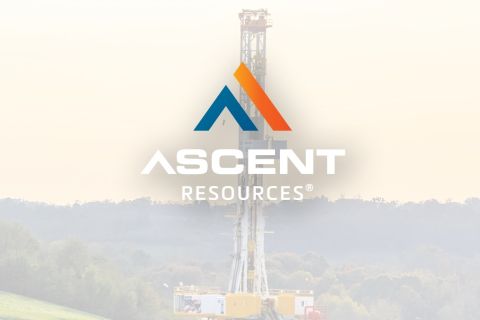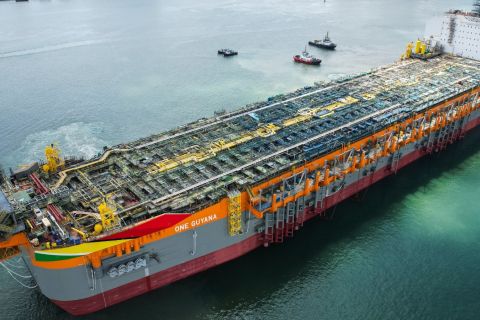One look at the number of natural gas processing plants in Pennsylvania and it becomes clear that even with several large-scale pipeline projects in development to transport production from the Northeast to the Gulf Coast, more processing plants and expansions to existing plants will be necessary.
According to Sulpetro’s 2011 NGL Supply Yearbook, there was a total of 3.4 million barrels of natural gas liquids (NGLs) extracted at processing plants in Pennsylvania in 2010. While this was a 122% increase over the 1.5 million barrels extracted from the plants in 2009, it was still a large way behind the 302 million barrels extracted from Texas plants in 2010.
The effects of increased production from the Marcellus shale are most clearly seen when reviewing the amounts of individual NGLs produced from the state’s plants between 2009 and 2010. In 2009, there were less than 1,000 of ethane produced, but in 2010 this figure had shot up to 200,000. With the Marcellus being so rich in ethane, there is little question that this heavy increase is a direct result of the play being put into production that year.
In addition, propane production from Pennsylvania processing plants increased nearly 500% from 345,000 bbl. in 2009 to 2.1 million bbl. in 2010. Production of both butane and isobutane also experienced a very sizable increase between 2009 and 2010 as the amount of processed butanes (butane and isobutane combined) rose 218% from 246,000 in 2009 to 783,000 in 2010. However, the amount of C5+ processed in Pennsylvania dipped 60% in 2010 to 382,000 from 946,000 in 2009.
In total, there were nine natural gas processing plants in Pennsylvania in 2010, according to Sulpetro. The most utilized of these facilities was MarkWest Energy Partners LP’s plant in Houston, Pennsylvania. The facility, which has a capacity of 355 MMcf per day, processed 2.5 million bbl. of NGLs in 2010. This was up from 820,000 in 2009. The next most utilized plant was Tembec Co.’s plant in Waynesburg, Pa., which processed 313,000 bbl. of NGLs in 2010. This was up from 120,000 bbl. in 2009.
There is little doubt that these figures will continue to grow throughout the next few years as more production is brought online along with new facilities. These new facilities will not only include processing plants and fractionators, but petrochemical plants that will further increase demand in the region.
Recommended Reading
Barnett & Beyond: Marathon, Oxy, Peers Testing Deeper Permian Zones
2024-04-29 - Marathon Oil, Occidental, Continental Resources and others are reaching under the Permian’s popular benches for new drilling locations. Analysts think there are areas of the basin where the Permian’s deeper zones can compete for capital.
To Dawson: EOG, SM Energy, More Aim to Push Midland Heat Map North
2024-02-22 - SM Energy joined Birch Operations, EOG Resources and Callon Petroleum in applying the newest D&C intel to areas north of Midland and Martin counties.
CEO: Continental Adds Midland Basin Acreage, Explores Woodford, Barnett
2024-04-11 - Continental Resources is adding leases in Midland and Ector counties, Texas, as the private E&P hunts for drilling locations to explore. Continental is also testing deeper Barnett and Woodford intervals across its Permian footprint, CEO Doug Lawler said in an exclusive interview.
Ohio Utica’s Ascent Resources Credit Rep Rises on Production, Cash Flow
2024-04-23 - Ascent Resources received a positive outlook from Fitch Ratings as the company has grown into Ohio’s No. 1 gas and No. 2 Utica oil producer, according to state data.
Deepwater Roundup 2024: Americas
2024-04-23 - The final part of Hart Energy E&P’s Deepwater Roundup focuses on projects coming online in the Americas from 2023 until the end of the decade.





